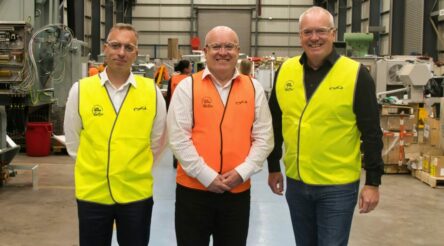Carbon fibre and composites recycling breakthrough

Researchers at the University of Sydney have developed new methods to solve a major source of future waste from the automotive, aerospace and renewable industries.
They have developed a new recycling method for carbon and glass fibre composites in a bid to prevent end-of-generation materials going to landfill.
Published in the journal Composites Part B: Engineering, their approach ensures increased material recovery and improved energy efficiency compared to previous methods.
Dr Ali Hadigheh from the School of Civil Engineering said carbon fibre composites were considered a ‘wonder’ material – they are durable, resistant to weathering and highly versatile.
He said: “So much so that their use is projected to increase by at least 60 percent in the next decade alone.
“But this huge growth also brings a huge increase in waste. For instance, it’s been estimated that around 500,000 tonnes of carbon and glass fibre composite waste from the renewable energy sector will exist by 2030.”
Dr Hadigheh’s team found that solvolysis – a method whereby materials can be broken down with an application of solvent under a specific pressure and temperature – could reclaim carbon fibre while delivering a high net profit.
Thermal recycling methods such as catalytic pyrolysis and pyrolysis coupled with oxidation also provided a high economic return.
Dr Hadigheh said: “Our kinetic analysis revealed that pre-treated CFRP undergoes an additional reaction stage, enabling enhanced breakdown at lower temperatures compared to untreated CFRP.
“The solvolysis pre-treatment not only facilitates greater breakdown but also preserves the mechanical properties of fibres by reducing heat consumption during recycling.”
Recycled fibres obtained from pre-treated CFRP retained up to 90 percent of their original strength, surpassing the strength of fibres recovered through thermal degradation alone by 10 percent.
“To demonstrate the real-world applicability of our method, we successfully recycled part of a bicycle frame and airplane scraps made of CFRP composites using our hybrid approach.
“These results not only validate the effectiveness of chemical pre-treatment but also demonstrate the improved mechanical characteristics of the recycled carbon fibres.”
Picture: University of Sydney
@aumanufacturing Sections
Analysis and Commentary Awards Defence Manufacturing News Podcast Technology Videos










